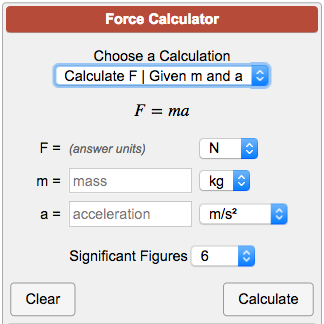For those who have actually experimented with reduced mass or light weight bolt carriers, how much difference in felt recoil is there from reducing the bolt carrier weight by 2 ounces? Can you actually tell the difference?
Assuming acceleration of 100m/s2, a 2 ounce mass will produce about .57 kilogram-force which sounds like it would be a discernible difference in felt recoil but without real world experience, it's hard to say.

 www.calculatorsoup.com
www.calculatorsoup.com
For context, I currently run a JP Ultra LMOS aluminum bolt carrier in a competition rifle with tuned gas system and JP captured recoil spring and am wondering what would happen, exclusively from a felt recoil perspective, if I go to a titanium bolt carrier that is 2oz heavier. I know I would have to re-tune the gas system and potentially the recoil spring. That's fine. Just wondering how much impact it would have on felt recoil from adding the 2 ounces.
Assuming acceleration of 100m/s2, a 2 ounce mass will produce about .57 kilogram-force which sounds like it would be a discernible difference in felt recoil but without real world experience, it's hard to say.

Force Calculator F = ma
Calculate the unknown variable in the equation for force, where force equals mass multiplied by acceleration. Free online physics calculators.
For context, I currently run a JP Ultra LMOS aluminum bolt carrier in a competition rifle with tuned gas system and JP captured recoil spring and am wondering what would happen, exclusively from a felt recoil perspective, if I go to a titanium bolt carrier that is 2oz heavier. I know I would have to re-tune the gas system and potentially the recoil spring. That's fine. Just wondering how much impact it would have on felt recoil from adding the 2 ounces.
Last edited:

